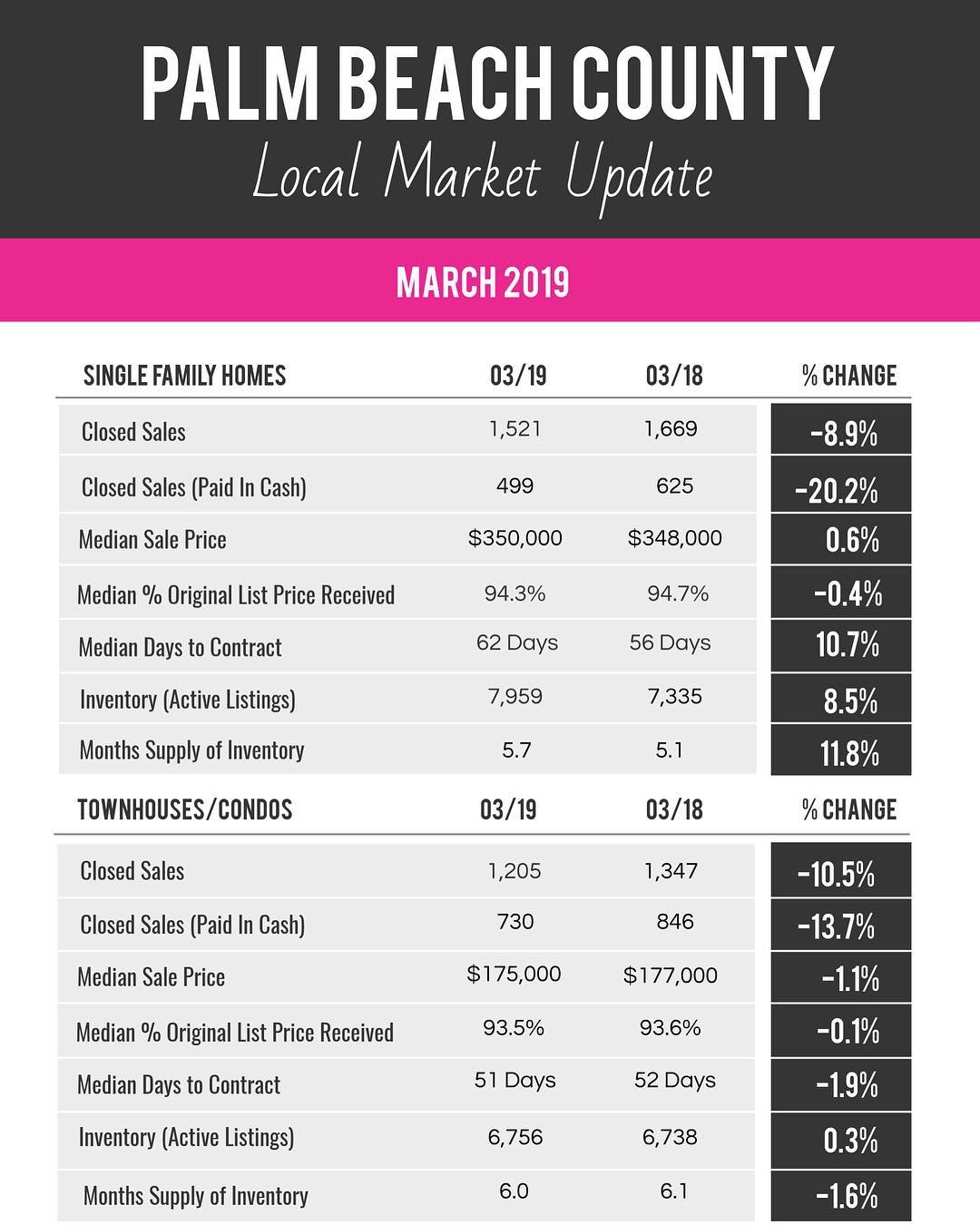Press Release
PDF
January 30, 2019
Federal Reserve issues FOMC statement
For immediate release
Now
Information received since the Federal Open Market Committee met in December indicates that the labor market has continued to strengthen and that economic activity has been rising at a solid rate. Job gains have been strong, on average, in recent months, and the unemployment rate has remained low. Household spending has continued to grow strongly, while growth of business fixed investment has moderated from its rapid pace earlier last year. On a 12-month basis, both overall inflation and inflation for items other than food and energy remain near 2 percent. Although market-based measures of inflation compensation have moved lower in recent months, survey-based measures of longer-term inflation expectations are little changed.
As always, this is the “report card” paragraph where the Fed grades the US Economy. Employment gets a solid A-. Jobs are plentiful and unemployment is low. Household spending (spending by people like you and me) is growing nicely and also gets an A-. The Amazon boxes continue to pile up on our porches. Business spending gets a B. Businesses are spending – but not as much as a year ago. And inflation gets a B+. Prices are rising somewhat but well within the range that makes the Fed happy. Another refrigerator magnet-worthy report!
Consistent with its statutory mandate, the Committee seeks to foster maximum employment and price stability. In support of these goals, the Committee decided to maintain the target range for the federal funds rate at 2-1/4 to 2-1/2 percent. The Committee continues to view sustained expansion of economic activity, strong labor market conditions, and inflation near the Committee's symmetric 2 percent objective as the most likely outcomes. In light of global economic and financial developments and muted inflation pressures, the Committee will be patient as it determines what future adjustments to the target range for the federal funds rate may be appropriate to support these outcomes.
The Fed combined what used to take two paragraphs into one – efficiency! This is the “money paragraph” where the Fed lets the world know they are keeping short term rates the same as they were before. And they also tell us how they do their job. They want to keep rates low enough to keep people working but high enough so prices don’t rise too fast. The last two sentences use a lot of fancy-sounding language to basically say, “We’re going to do a bunch of nothin’ this time around…”
This made the markets (both stock and bond) happy. Longer term interest rates dropped and stock prices went up. Win/win.
In determining the timing and size of future adjustments to the target range for the federal funds rate, the Committee will assess realized and expected economic conditions relative to its maximum employment objective and its symmetric 2 percent inflation objective. This assessment will take into account a wide range of information, including measures of labor market conditions, indicators of inflation pressures and inflation expectations, and readings on financial and international developments.
This is the same paragraph they always throw in where they basically say will review a lot of information (visualize hundreds of people with bad haircuts and mismatched socks) to make their future decisions. Not sure why they feel they need to tell us this. Maybe they think we believe they use their horoscope or a Ouija board to make trillion dollar monetary decisions…
Voting for the FOMC monetary policy action were: Jerome H. Powell, Chairman; John C. Williams, Vice Chairman; Michelle W. Bowman; Lael Brainard; James Bullard; Richard H. Clarida; Charles L. Evans; Esther L. George; Randal K. Quarles; and Eric S. Rosengren.
All the nerds agreed!






















